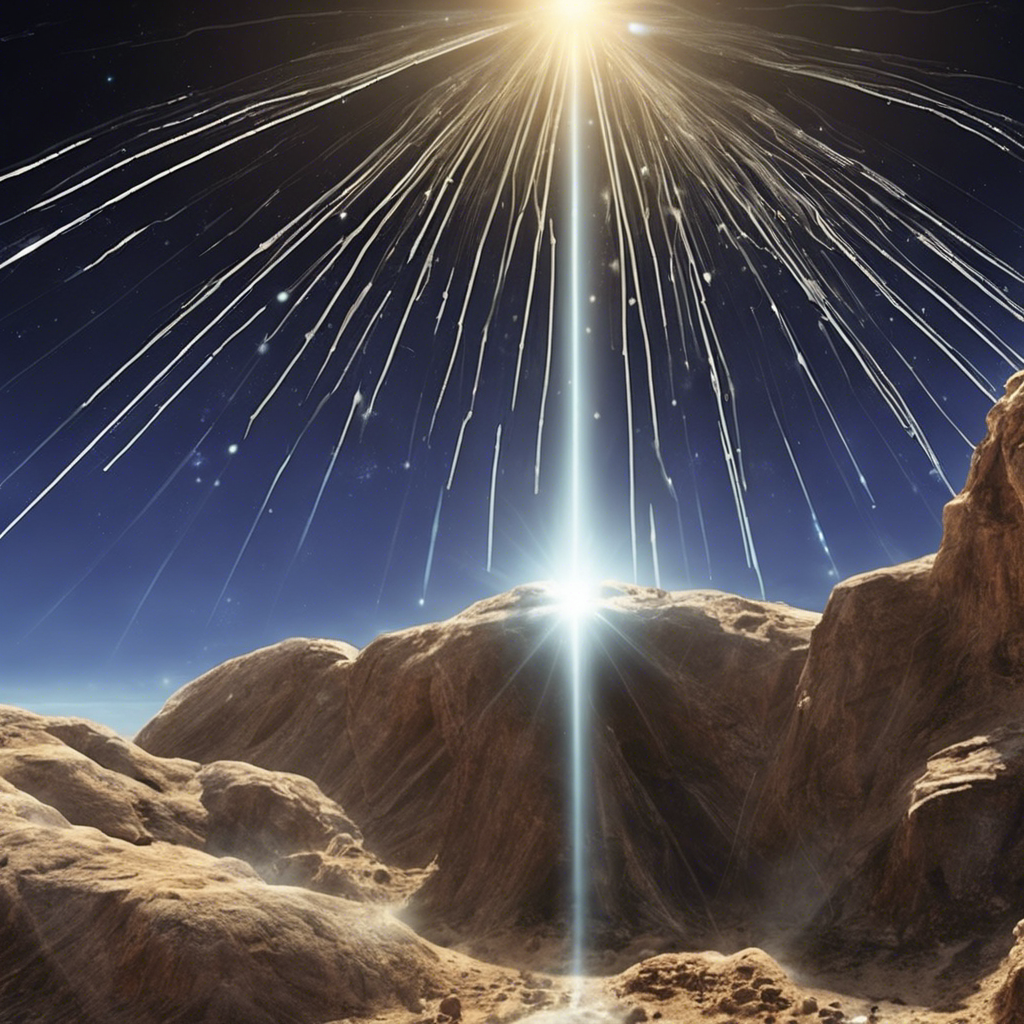Scientists Detect Powerful Cosmic Ray, Originating Source Remains a Mystery

The discovery of an ultra-high-energy cosmic ray raises questions about its origin and the possibility of unknown physics at play.
In a groundbreaking discovery, scientists have detected the most powerful cosmic ray in over three decades. This turbocharged particle from outer space, with an estimated energy of 240 exa-electronvolts (EeV), has left researchers perplexed as they grapple with its origin and potential implications for our understanding of the universe. While cosmic rays are not uncommon, this particular finding has sparked speculation about the existence of unknown physics and the need to revise current models.
Unraveling the Mystery:
Cosmic rays, contrary to their name, are high-energy subatomic particles, often protons, that traverse space at near-light speeds. Ultra-high-energy cosmic rays surpass one EeV in energy, a magnitude that exceeds the capabilities of human-made particle accelerators by a factor of a million. Detecting cosmic rays with energies exceeding 100 EeV is a rare occurrence, with fewer than one of these particles reaching each square kilometer of Earth every century.
The Discovery:
On May 27, 2021, Toshihiro Fujii, an astronomer at Osaka Metropolitan University, stumbled upon unusual signals while conducting routine data checks at the Telescope Array, a cosmic-ray detector in Utah. These signals indicated an encounter with an exceptionally energetic particle, leading Fujii to initially question the accuracy of his findings. However, subsequent measurements confirmed the presence of an ultra-high-energy cosmic ray, prompting the team to nickname it ‘Amaterasu,’ after the Japanese Sun goddess.
The Enigma of Amaterasu:
Despite the successful detection of Amaterasu, pinpointing its source has proven to be a daunting task. Typically, ultra-high-energy cosmic rays travel through space relatively unhindered by magnetic fields, making it easier to trace their origins. However, Fujii and his team discovered that Amaterasu originated from a void-like region with few galaxies. Their attempts to match the cosmic ray with potential source galaxies and objects outside its arrival direction yielded no conclusive results. This absence of a clear source has left scientists puzzled and searching for answers.
Possible Explanations:
One possibility is that the current models estimating the influence of magnetic fields on cosmic rays may require refinement. If this is the case, it is plausible that Amaterasu came from a slightly different direction than initially calculated. Clancy James, an astronomer at Curtin University, suggests that the estimates may be flawed, emphasizing the need for further investigation.
Alternatively, the detection of Amaterasu could signify the existence of unknown physical processes that enable ultra-high-energy cosmic rays to travel much greater distances than previously thought. Jose Bellido Caceres, an astroparticle physicist at the University of Adelaide, proposes that this enigmatic discovery could be an opportunity to explore new physics. Cosmic rays offer a unique testing ground for studying particle interactions at extreme energies that cannot be replicated by Earth-based accelerators.
Future Research:
Fujii and his team are currently upgrading the Telescope Array to enhance its sensitivity fourfold. This upgrade will enable researchers to capture more rare ultra-high-energy cosmic rays and potentially provide more precise information about their origins. The hope is that these advancements will shed light on the mysteries surrounding cosmic rays and offer valuable insights into the nature of our universe.
Conclusion:
The detection of an ultra-high-energy cosmic ray has ignited scientific curiosity and raised fundamental questions about the nature of these particles and their origins. While the exact source of this powerful cosmic ray remains elusive, researchers are exploring various possibilities, including the need to refine existing models and the potential for new physics to explain its existence. As scientists continue to unravel the mysteries of cosmic rays, advancements in technology and further research hold the promise of unlocking the secrets of these extraordinary particles and deepening our understanding of the universe we inhabit.










